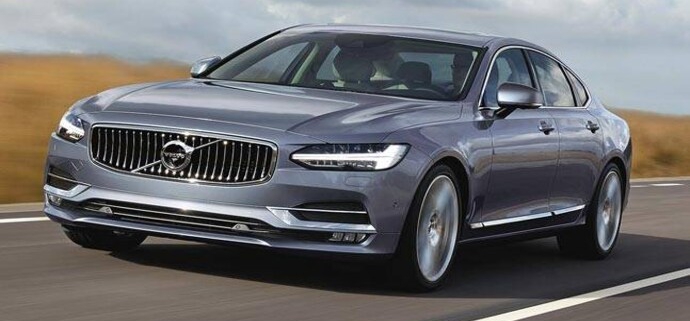Volvo S90: History and Generations
The Volvo S90 has a distinguished history of generations. This auto is famous for its exceptional safety features and comfort. The fame that it gained contributed to its popularity over the years. Although production halted for several decades, the S90 reintroduced in 2017. The company came up with a completely new design due to its enduring popularity. The Volvo S90 made its debut in 1997, serving as a successor to the Volvo 960. Despite its initial success, production ceased after just one year. However, the S90 made a significant comeback in 2017, it developed significantly. It reestablished itself as a prominent name in the luxury sedan market with its sleek new design and advanced features.
Generations of the Volvo S90
 The first-generation Volvo S90 launched in 1997 as a rear-wheel-drive sedan. It featured two gasoline engines: a 2.5-liter and a 3.0-liter. The vehicle came with either a four-speed automatic or a five-speed manual transmission. Available in SE and Royal trims. The Royal version boasted a longer wheelbase. The engine delivered 204 horsepower and 267 Nm of torque. So, it is able to achieve a top speed of 210 km/h. in addition, it can accelerate from 0 to 100 km/h in 9.1 seconds. The car also has a ground clearance of 157 mm and a cargo capacity of 490 liters. It has a fuel tank capable of holding 79.9 liters. Safety features include airbags, seatbelt pre-tensioners, and an ABS braking system. Despite its advanced features for the time, production of this generation ended so early. After a long hiatus, the Volvo S90 reintroduced in 2017 with significant upgrades. This generation of the S90 is a midsize luxury sedan. It has seating for five and an all-wheel-drive option. In conclusion, Volvo S90 claimed to the peaks after a devastating hiatus.
The first-generation Volvo S90 launched in 1997 as a rear-wheel-drive sedan. It featured two gasoline engines: a 2.5-liter and a 3.0-liter. The vehicle came with either a four-speed automatic or a five-speed manual transmission. Available in SE and Royal trims. The Royal version boasted a longer wheelbase. The engine delivered 204 horsepower and 267 Nm of torque. So, it is able to achieve a top speed of 210 km/h. in addition, it can accelerate from 0 to 100 km/h in 9.1 seconds. The car also has a ground clearance of 157 mm and a cargo capacity of 490 liters. It has a fuel tank capable of holding 79.9 liters. Safety features include airbags, seatbelt pre-tensioners, and an ABS braking system. Despite its advanced features for the time, production of this generation ended so early. After a long hiatus, the Volvo S90 reintroduced in 2017 with significant upgrades. This generation of the S90 is a midsize luxury sedan. It has seating for five and an all-wheel-drive option. In conclusion, Volvo S90 claimed to the peaks after a devastating hiatus.


